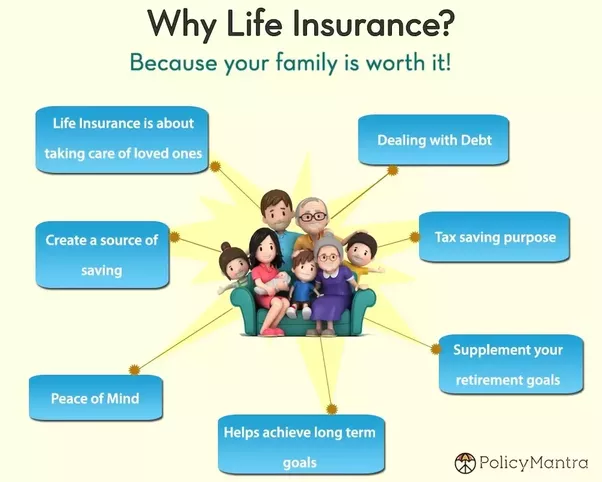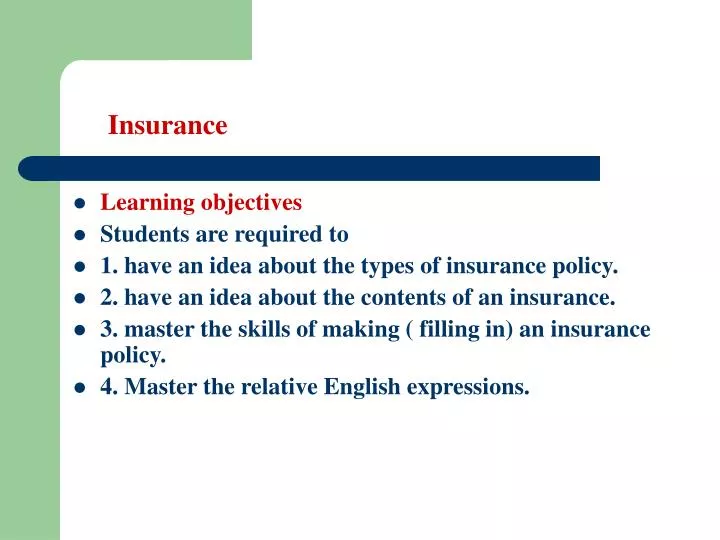Some Known Factual Statements About Pacific Prime
Some Known Factual Statements About Pacific Prime
Blog Article
Not known Incorrect Statements About Pacific Prime
Table of ContentsPacific Prime Fundamentals ExplainedThe Greatest Guide To Pacific PrimeTop Guidelines Of Pacific PrimeGetting The Pacific Prime To WorkTop Guidelines Of Pacific Prime

This is due to the fact that the data were collected for a period of solid financial performance. Of the estimated 42 million individuals who were uninsured, all yet about 420,000 (regarding 1 percent) were under 65 years of age, the age at which most Americans come to be eligible for Medicare; 32 million were adults in between ages 18 and 65, around 19 percent of all adults in this age group; and 10 million were kids under 18 years of age, concerning 13.9 percent of all children (Mills, 2000).
These estimates of the number of individuals uninsured are produced from the yearly March Supplement to the Existing Population Study (CPS), conducted by the Demographics Bureau. Unless otherwise kept in mind, national quotes of individuals without medical insurance and percentages of the population with different kinds of protection are based upon the CPS, one of the most widely used source of quotes of insurance coverage and uninsurance prices.
An Unbiased View of Pacific Prime

Still, the CPS is specifically useful because it generates yearly quotes fairly promptly, reporting the previous year's insurance protection approximates each September, and since it is the basis for a constant set of price quotes for even more than twenty years, enabling for analysis of fads in insurance coverage in time. For these reasons, as well as the comprehensive use of the CPS in various other studies of insurance policy coverage that exist in this record, we count on CPS quotes, with restrictions noted.

The estimate of the variety of uninsured individuals expands when a populace's insurance coverage standing is tracked for several years. Over a three-year duration beginning early in 1993, 72 million individuals, 29 percent of the U.S. https://hearthis.at/freddy-smith-k8/set/pacific-prime/. population, lacked coverage for at least one month. Within a solitary year (1994 ), 53 million individuals experienced at the very least a month without coverage (Bennefield, 1998a)
6 out of every 10 without insurance grownups are themselves used. Functioning does enhance the probability that one and one's family participants will have insurance coverage, it is not a guarantee. Also members of family members with two permanent breadwinner have practically a one-in-ten opportunity of being without insurance (9.1 percent without insurance rate) (Hoffman and Pohl, 2000).
The 2-Minute Rule for Pacific Prime
New immigrants account for a significant percentage of people without health and wellness insurance. One analysis has associated a significant part of the current development in the dimension of the U.S. uninsured population to immigrants who showed up in the country between 1994 and 1998 (Camarota and Edwards, 2000). Recent immigrants (those that came to the USA within the previous 4 years) do have a high rate of being uninsured (46 percent), but they and their children account explanation for just 6 percent of those without insurance policy across the country (Holahan et al., 2001).
The partnership in between medical insurance and access to care is well established, as documented later in this chapter. Although the connection between health and wellness insurance coverage and health and wellness results is neither direct neither easy, an extensive medical and wellness solutions study literature web links medical insurance protection to better access to care, much better quality, and boosted individual and population health and wellness status.
Degrees of evaluation for checking out the results of uninsurance. This conversation of health and wellness insurance protection focuses mostly on the U.S. populace under age 65 since practically all Americans 65 and older have Medicare or various other public insurance coverage. It focuses especially on those without any health insurance for any type of length of time.
Examine This Report about Pacific Prime
The problems faced by the underinsured are in some areas similar to those faced by the without insurance, although they are typically much less serious. Health insurance policy, nevertheless, is neither required nor enough to obtain access to medical services. The independent and straight effect of health and wellness insurance policy protection on accessibility to health and wellness solutions is well established.
Others will certainly acquire the healthcare they require even without wellness insurance coverage, by spending for it out of pocket or seeking it from suppliers who provide care cost-free or at highly subsidized prices. For still others, health insurance policy alone does not guarantee invoice of treatment due to various other nonfinancial barriers, such as a lack of healthcare suppliers in their community, limited access to transport, illiteracy, or etymological and cultural differences.
A Biased View of Pacific Prime
Official research concerning without insurance populaces in the USA dates to the late 1920s and early 1930s when the Board on the Cost of Treatment generated a series of reports regarding funding physician office check outs and hospital stays. This concern ended up being salient as the numbers of medically indigent climbed during the Great Anxiety.
Report this page